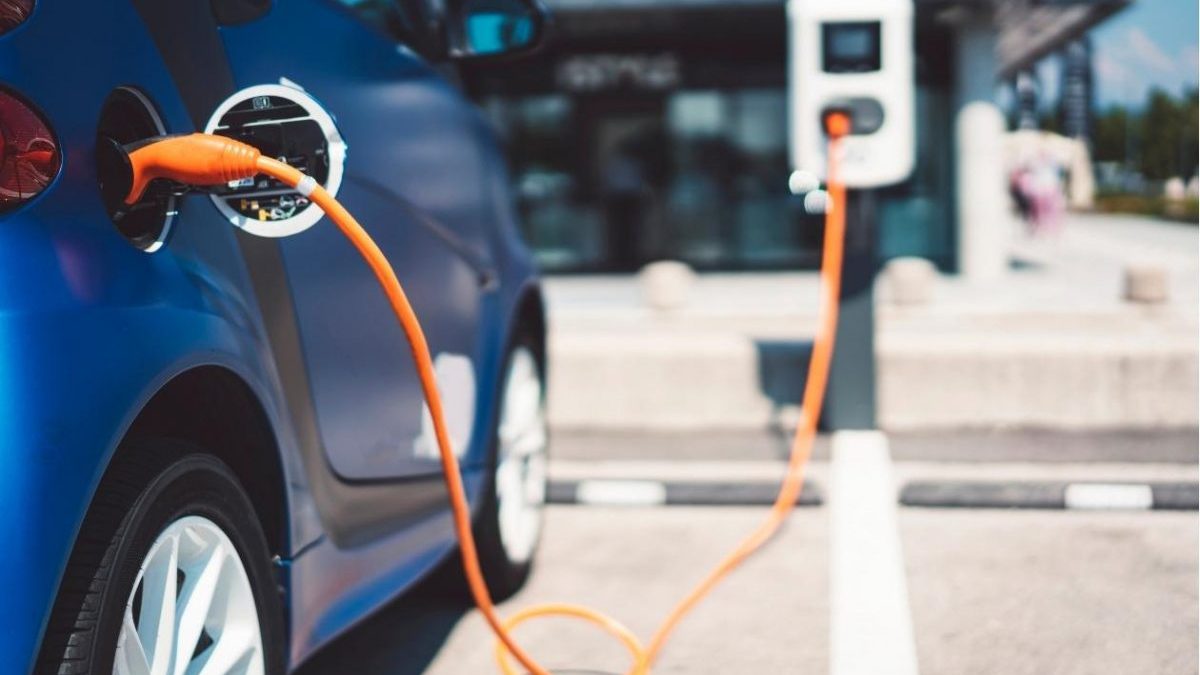Lithium batteries: what to do after their useful life has ended?
October 20, 2025
Rafael Celis, CEO of YUZZ, a spin-off of the Faculty of Engineering and Sciences at Adolfo Ibáñez University, provides key clues to the fate of these coveted parts.
One of the problems with electric cars is their batteries. Made of lithium, they must be disposed of when they reach the end of their useful life. Rafael Celis, CEO of YUZZ, a spin-off of the Faculty of Engineering and Sciences at Adolfo Ibáñez University, points out that the useful life of an electric vehicle battery depends largely on its application. Although they typically last an average of eight years, their retirement from the vehicle is determined by their state of health, generally when it drops to 80%.
“In the case of private vehicles, this point is usually reached around 15 years, although there are more specific cases in which the battery reaches the end of its useful life before these deadlines,” adds Celis.
The expert acknowledges that managing this waste remains a challenge for those who generate this waste. “In many cases, companies choose to store them, hoping to find a partner who offers attractive solutions, such as reuse or reconditioning,” says Celis.
“Others look for someone who sees value in them and is willing to take them, either for free or through a sale, while some prefer to pay for a safe final disposal process. We’ve even heard of brands claiming to ship the batteries out of the country for the manufacturer to handle. However, this remains an unclear and evolving issue, still being defined within the industry.”
Are there reuse or reconditioning processes in the country? When an electric vehicle battery reaches 80% of its capacity, it no longer offers sufficient range for its original use, acknowledges Solís, “but it remains functional and can store energy for another ten years in less demanding applications. If it is removed from the vehicle early, this period can even extend to twenty years.”
“This is especially interesting, as we stop viewing them as waste and consider them resources that, with the right technology, can be transformed into stationary or mobile energy storage solutions that are more accessible to industry. These applications allow, for example, enabling fast charging for electric trucks in areas without available power or replacing diesel generators in temporary energy applications, a sector that is difficult to decarbonize,” he adds.
Celis states that there are also research projects at universities and specialized centers, focused primarily on residential storage or integration with solar photovoltaic plants. However, most of these developments remain in the laboratory stage.
Lithium batteries also contain lithium, cobalt, nickel, and electrolytes that, if released into the environment through improper disposal, can contaminate soil and water, affecting ecosystems and even human health, Celis explains.
“Furthermore, there is a risk of fires and explosions. A poorly managed battery can become a serious environmental liability,” he adds. He says that the main barrier to battery recycling in Chile is economic viability. It requires complex and costly processes. Added to this is the lack of high-capacity industrial infrastructure and specific regulations.

